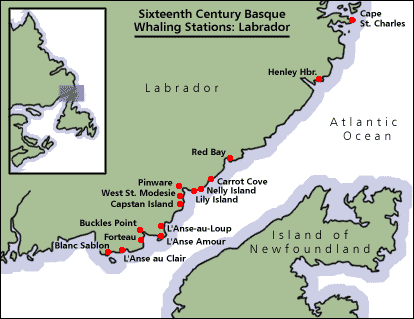Some of the museums we visited on our trip through Spain got me thinking about the unrecorded history of ordinary people.
Up until a century ago, the vast majority of the world, even in the West, was living in villages. Even today, more than half of China’s 1.3 billion people live in rural areas.
The history we learn does not focus on village life, where people were illiterate, but on on the civilizations that had developed writing. Writing recorded the doings of the rich and powerful.
The Museum of the Galician People in Santiago de Compostela in northwestern Spain goes some way to correct the omission. The displays capture the detail of the crafts, homes, culture and language of these people.
 |
| A traditional Galician fishing boat. |
This museum was a welcome relief after several weeks of visiting palaces and castles and seeing the wealth accumulated by the warlords and thugs we call royalty.
When we moved on to San Sebastian, in the Basque Country of northeastern Spain, I was delighted to discover the Maritime Museum’s exposition on the history of Basque whalers. (Moby Dick is one of my favorite books.)
 |
| From www.heritage.nf.ca |
Stone age cave paintings
In Altamira, Spain, we visited a museum with breathtaking re-creations of cave paintings from 14,000 years ago. The artists who made them were hunter-gatherers who had not domesticated plants and animals.
The original cave has been closed to protect the paintings from deterioration caused by the press of visitors. However, the replica cave captures every curve and niche of the original with the aid of 40,000 laser measurements. A team of artists used materials as close to the original as possible to duplicate the effects of the Stone Age artists.
The museum has videos showing how these hunter-gatherers made their tools of stone and bone and how they might have hunted. People in some parts of the world still use these techniques. We are not that far removed in time from them.
From village to city and back
All of this got me to thinking about what recent visitors we are to most of the known world. Although the genus homo has been around for several million years, our species, homo sapiens, is a newcomer. We left Africa only 40,000 years ago.
Only recently has our species had to adapt to all of the stresses of living in cities. That may explain why so many of our pathologies manifest themselves there. Villagers began leaving the country two centuries ago as the Industrial Revolution created new jobs, but the migrants have always expressed a desire to go back.
The return to the country is a theme of country music and the blues. We really want to go back home to the village.
Addendum from Belarus
As it happens, today I am working in Belarus and it is their Independence Day. There are parades and celebrations everywhere. On national television, folk dancers and singers form various regions are performing. It is a celebration of the rich variety of village culture.

Hello James!
ReplyDeleteI enjoy reading your blog! I wanted to alert you to a new documentary multimedia web site that might interest you and your readers, "Reframing Mexico." What is your impression of Mexico City? A violent place? "Reframing Mexico" is the latest international multimedia storytelling project from Carolina Photojournalism and Multimedia. A team of UNC students and multimedia coaches collaborated with a team from Monterey Tec University to create an online documentary project that looks beyond the headlines. Once again, it was an amazing experience and the students' work is superb. www.reframingmexico.org
Please consider sharing it with your readers.
Thanks,
Pat Davison
I will check it out, Calin.
ReplyDelete